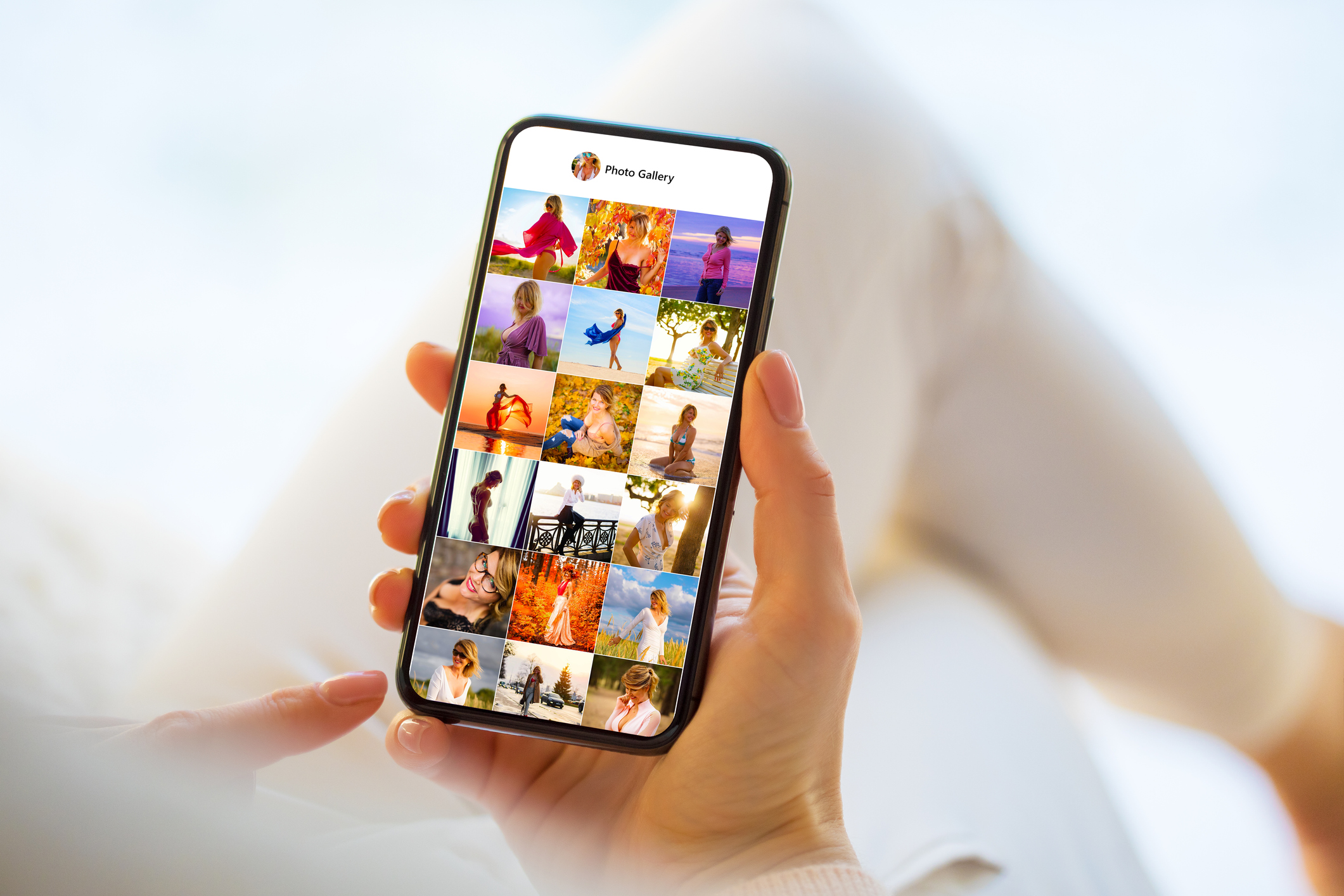In 1992, Andre Agassi wore Oakley sunglasses during a Davis Cup match, desperate to shield his bloodshot eyes. The founder of Oakley, Jim Jannard, thanked Agassi for the unintentional endorsement with a brand new red Dodge Viper. Apparently, a photo of Agassi in the Oakleys was featured in Tennis magazine, which drove enough sales to warrant gifting a luxury vehicle.
Almost 20 years later, celebrity endorsements can be lumped in with the broader, typically less glamorous world of influencer marketing. Brands send free products to micro celebrities and superstars — from YouTubers to the Kardashians — hoping they’ll showcase the goods for their Instagram followers. Oftentimes, companies will pay them for sponsored posts with fees varying based on reach. A recent survey conducted by Cheq shows that people with over 500,000 followers (called “macro-influencers”) charge as much as $250,000 for a post on Instagram. But does influence translate to sales?
The influencer marketing industry will be worth more than $15 billion by 2022, a rise from $8 billion in 2019, based on Mediakix data. Influencer marketing expert Ian Borthwick says when considering an influencer marketing campaign, it's important to maintain a healthy level of skepticism. In a recent Twitter thread, Borthwick detailed his experience sponsoring an influencer with 15 million followers that drove only 9 purchasers.
Pick an influencer based on personality, not content
According to Borthwick, “followers, views, impressions don’t convert to purchasers linearly.” He continues, “Good influencer marketing is personality-driven, not content-driven. You watch because of the creator, not because of the content” Red flags include “faceless media brands, clickbait prank vids, [and] highlight reels.”
Don't pay a premium for a big name
Another thing to look for in an influencer is a strong “portable audience,” someone who can bring their followers from TikTok to YouTube to Instagram.
Borthwick says one of the biggest mistakes he made was paying a premium for a big name instead of looking to creators with smaller, dedicated audiences. “Big names don’t equal influence,” he writes in the thread. “Creators have built their audiences directly for years, this is their super power.” He recommends looking at community engagement as a proxy for influence. According to a study by Influencer Marketing Hub, nano-influencers (people with less than 1,000 followers) boast higher engagement rates than mass influencers (people with more than 100,000 followers).
Consistency is key
The goal, Borthwick asserts, is to find “destination content” rather than “scroll-through content.” Think: Podcasts, YouTube videos, Instagram Live Q&As. “If you listen to someone speak or to watch their life....that is true influence,” he says. “Don’t look for viral videos, look for consistency … You want an audience that always shows up.”
